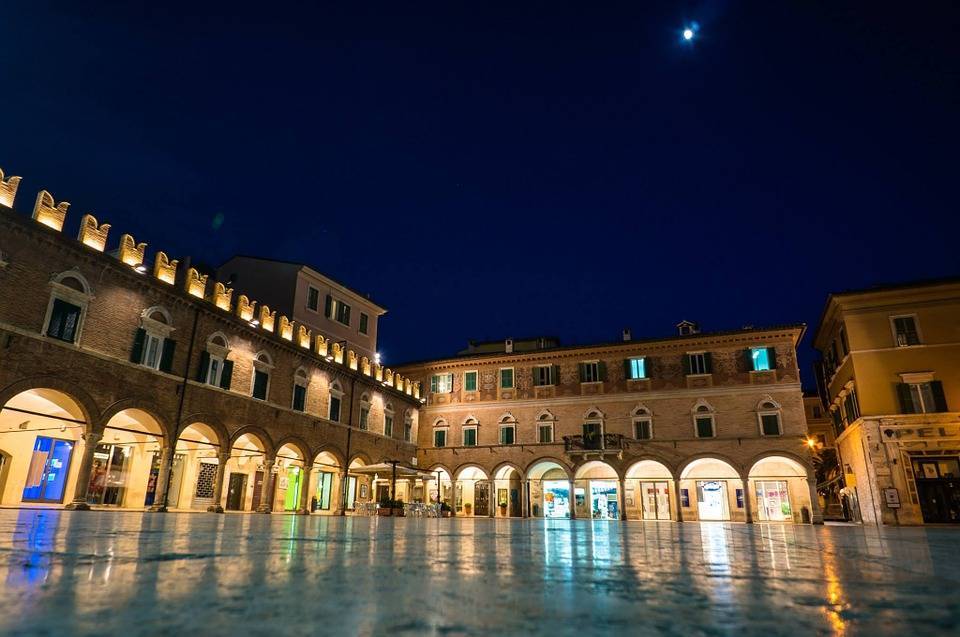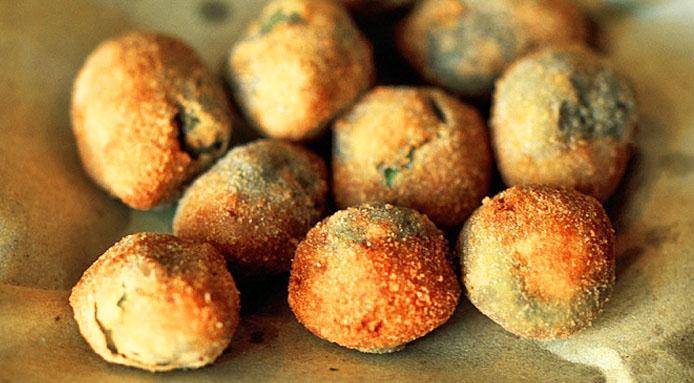The great architecture, the design of the arcades, the floor, the perspective of the whole, make this square one of the most beautiful places in Ascoli Piceno. The paving is in travertine, particularly evocative on rainy days in which it mirrors the majestic Palazzo dei Capitani, a name that comes from the Capitani del Popolo, a powerful order of magistrates from the Middle Ages, who used to be hosted there. The square is surrounded by elegant Renaissance palaces and arcades.
It took almost two hundred years to complete the Church of San Francesco, built to commemorate the years spent by the saint in this city. The Romanesque façade in travertine is marked by three magnificently decorated portals and the statue of Julius II placed above the main one and overlooking the square. Interiors are designed with three naves with octagonal pillars and a majestic presbytery decorated with precious art objects and paintings.
Piazza del Popolo can be considered the “living room” of the city, a meeting point for locals and visitors, and a place for cultural events such as the “Quintana”, an evocative historical re-enactment that sees flag-wavers, ladies, archers and musicians parading before the start of the tournament.

The “Olive all’Ascolana” owe their name to the city of Ascoli Piceno. They are made of green olives in brine, stuffed with a tender meat-based mixture.
They are considered a gastronomic specialty of the area around Ascoli Piceno and are one of the most representative dishes of the region.
The first recipe of the stuffed and deep fried Olive all’aìAscolana dates back to 1800. At the time, the chefs who served the local noble families invented the stuffing of the olives in order to consume the considerable quantity and variety of meats that they had available, due to the increase of royalties that weighted on the farmers towards their owners.

Discover our Marche experience offers!
